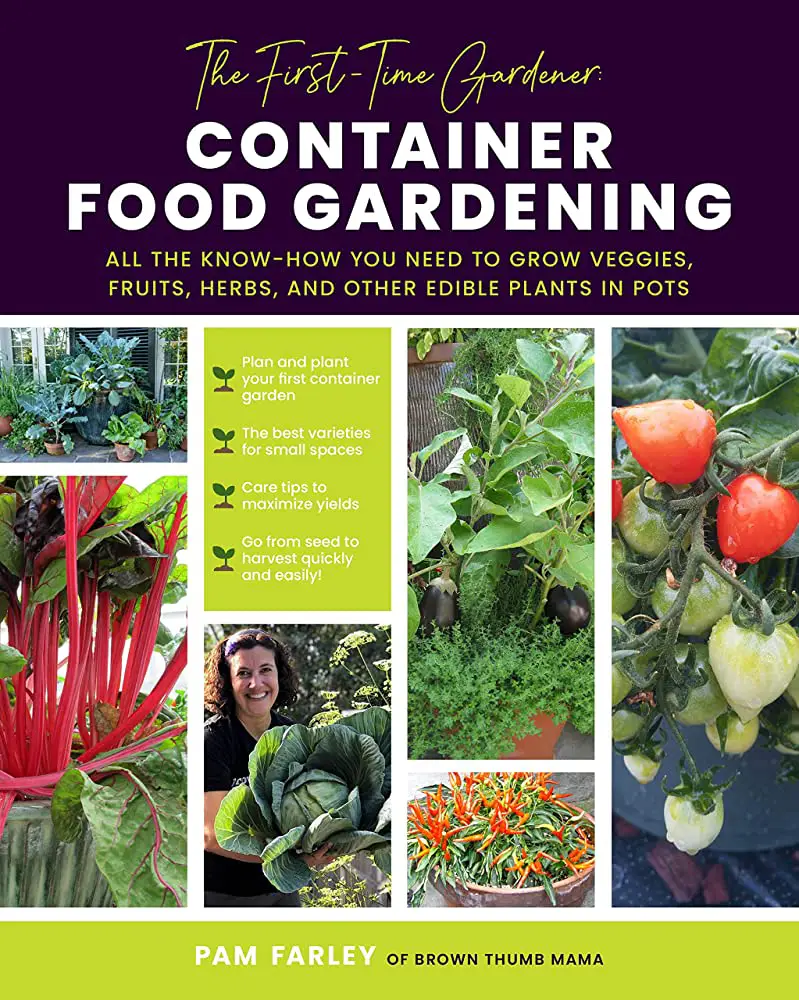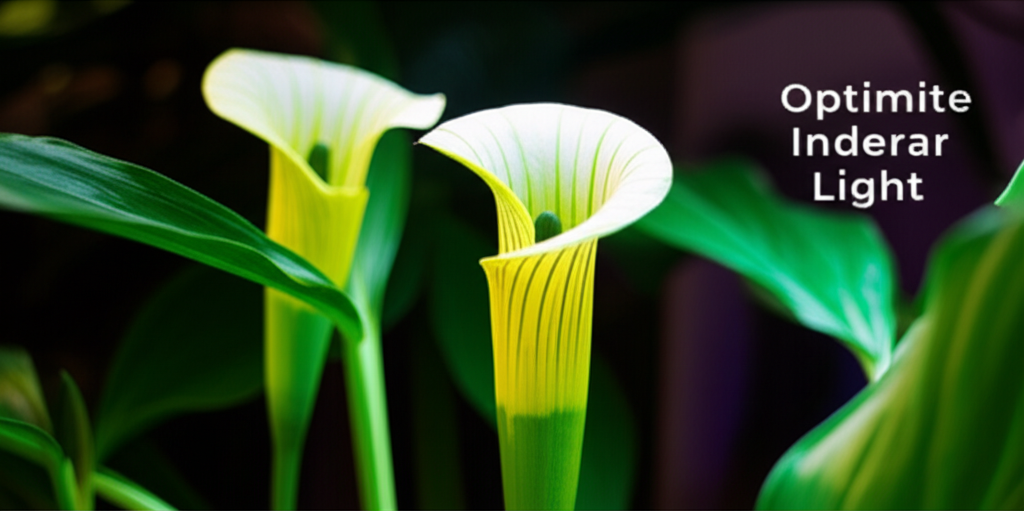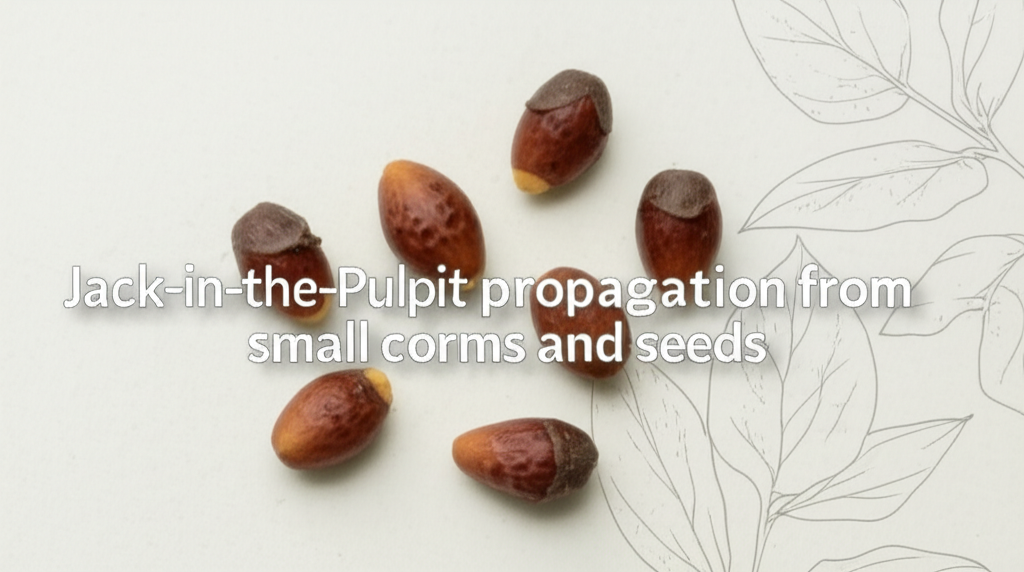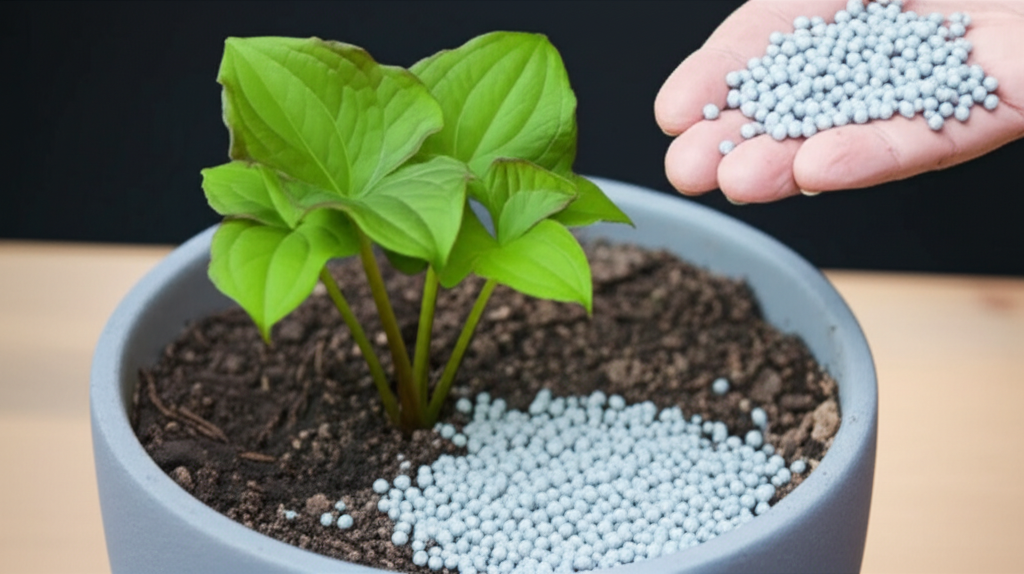For canning, it is recommended to plant 2-4 tomato plants per person. Tomatoes are a versatile fruit that can be used in countless recipes from fresh salads to homemade sauces.
When it comes to canning, having enough tomatoes is essential to ensure you have a steady supply of preserved goodness throughout the year. While the number of plants required for canning can vary depending on the size of the plant, the productivity of the plant, and the yield of the fruit, the general recommendation is to plant 2-4 tomato plants per person.
So, if you are planning to can diced tomatoes, salsa or tomato sauce for your family or friends, it is important to calculate how many plants you need to grow to meet your canning needs. In this article, we will provide you with some useful tips on how to determine the number of tomato plants required for canning.

Credit: melissaknorris.com
Choosing The Right Tomato Plants
Tomatoes are a popular choice for canning. They are easy to grow, and you can get a huge crop from just a few plants. However, not all tomato plants are created equal. It is essential to choose the right type of tomato plants for canning.
In this section, we will discuss the factors to consider when selecting tomato plants, the popular varieties for canning yield, and the overview of determinant vs. indeterminate tomato plants.
Factors To Consider When Selecting Tomato Plants
When it comes to selecting tomato plants for canning, several factors should be considered, including:
- Disease resistance: It is essential to choose tomato plants that are resistant to diseases such as verticillium and fusarium wilt.
- Ripening time: Choose tomato varieties that mature in a short time to get an abundant crop.
- Fruit size and texture: The fruit size should be consistent for easy canning, and the texture should be firm to avoid getting mushy.
- Yield: While the yield is an important factor, it is essential not to choose a plant that overproduces, leading to wasted produce that can’t be canned.
Popular Tomato Varieties For Canning Yield
When it comes to canning tomato plants, certain varieties are more suitable than others. Here are some of the most popular tomatoes for canning:
- Roma: Roma varieties are meaty, thick-walled, and flavorful. They are ideal for canning, making sauces, and paste.
- Amish paste: These tomatoes have a unique flavor taste and excellent consistency. They have a good sugar to acid ratio, making them perfect for canning, making sauces, and soups.
- San marzano: San marzano has low water content, which makes them ideal for canning and making sauces.
- Heirloom tomatoes: These varieties come in various colors and flavors, making them ideal for preserving as they offer a unique touch.
Overview Of Determinate Vs. Indeterminate Tomato Plants
Determinate and indeterminate tomatoes are the two types of tomato plants. Determinate varieties produce all their fruit at one time and stop growing, while indeterminate varieties produce fruit continuously over the season.
- Determinate: They grow to a predetermined size, about three to four feet high, and then stop growing. These plants produce a large number of tomatoes at once, making them the perfect choice for canning an abundant crop in a short time.
- Indeterminate: These varieties keep growing and producing fruit until the first frost. Since they produce fruit continuously, they are also a great option for canning, but the yield might not be as high as the determinate varieties.
Importance Of Proper Spacing
It is critical to plant the tomato plants with adequate spacing to prevent diseases and ensure better growth and easy picking.
- Each plant should be spaced at least 2-3 feet apart to avoid spreading diseases.
- Proper spacing allows the plant to grow healthy vines, airflow, and sunshine.
- Good air circulation reduces the susceptibility of the tomatoes to diseases and pest infestation.
Selecting the right tomato varieties for canning, determining the kind of tomatoes you want, such as determinant or indeterminate, choosing the appropriate spacing necessary for plants’ growth is essential to a successful tomato harvest. Remember to select healthy, disease-resistant options to avail the best crop and avoid the money loss.
Maximizing Yield Through Techniques
When it comes to canning tomatoes, maximizing the yield from your plants is essential. Here are some techniques to help you get the most out of your tomato plants:
Using Crop Rotation To Maximize Yield
Crop rotation is a useful technique to maximize yield. Every year, move tomato plants to different areas of the garden to prevent soil-borne diseases and pests. This helps to increase plant health, thus maximizing tomato yield.
Importance Of Proper Fertilization
Proper fertilization helps improve your tomato plants’ health and productivity. Use high-quality organic or chemical fertilizers to feed the soil. Make sure to apply fertilizers according to the package instructions and stop fertilizing at least two weeks before the harvest.
Managing Pests And Diseases To Prevent Yield Loss
Pests and diseases can quickly destroy tomato plants and reduce yield. Monitor your plants regularly for signs of pests and diseases and take appropriate measures to control them. Use natural pest control methods, such as planting companion plants, introducing beneficial insects, and eliminating breeding grounds.
Implementing Pruning Techniques
Pruning helps to increase air circulation and light penetration around the plants, improving plant health and increasing fruit production. Remove non-fruiting branches and suckers to direct the plants’ energy to fruit production.
Importance Of Proper Watering Techniques
Proper watering is crucial for tomato plants’ health and yield. Ensure that the plants receive consistent moisture throughout the season. Overwatering and underwatering can affect plant growth and yield. Mulching also helps to retain soil moisture and prevent water loss.
Following these techniques will help you grow healthy tomato plants, resulting in maximum yield for canning. Remember, healthy plants with consistent maintenance will prevent any issues that may affect your tomato yield.
Harvesting And Storing Tomatoes
Determining When To Harvest Tomatoes
Harvesting tomatoes at the right time is important for canning. Here are the key points to keep in mind:
- Look for tomatoes that are fully ripe and have reached their full size.
- Check the color of the tomatoes, as they tend to change color when they’re ready to be harvested. For example, red tomatoes turn a deep shade of red when they’re ripe.
- Gently squeeze the tomato to check its ripeness. If it’s soft and gives easily to gentle pressure, then it’s perfectly ripe.
Proper Techniques For Harvesting Tomatoes
Harvesting tomatoes properly can extend their shelf life and ensure they’re in the best condition for canning. Here are some tips to keep in mind:
- Hold the tomato close to the stem and twist it gently. The tomato should come off the vine easily.
- Use a pair of garden shears if the tomato is stuck, rather than pulling it off the vine. This helps to avoid damaging the plant.
- Handle the tomatoes carefully when harvesting to avoid bruising them.
Overview Of Storing Tomatoes
Storing tomatoes correctly is essential to maintain their quality and prevent spoilage. Here’s what you need to know:
- Store tomatoes at room temperature. Avoid storing them in the refrigerator, as this can damage the flavor and texture.
- Place the tomatoes in a single layer in a basket or container. This helps to prevent them from crushing each other.
- Only store ripe tomatoes, and consume them within a few days of picking to ensure freshness.
Maximizing Shelf Life And Quality Of Stored Tomatoes
Storing tomatoes correctly can help to extend their shelf life and maintain their quality for canning. Here are some tips to keep in mind:
- Keep the tomatoes out of direct sunlight. This prevents them from going bad too quickly.
- Check the tomatoes regularly for signs of spoilage, such as mold or soft spots. Remove any tomatoes that are starting to go bad.
- Don’t wash the tomatoes until you are ready to use them. This helps to prevent spoilage and keeps them fresher for longer.
By following these tips for harvesting and storing tomatoes, you can ensure that you have high-quality produce for canning, and avoid waste and spoilage.
Frequently Asked Questions Of How Many Tomato Plants Per Person For Canning
How Many Tomato Plants Do I Need For Canning?
To have enough tomato plants for canning, plan for at least five to six plants for each person.
How Many Pounds Of Tomatoes Do I Need Per Person?
To have enough tomatoes for canning, you need around 20 to 30 pounds per person, depending on how many batches you plan to make.
When Is The Best Time To Start Planting Tomatoes For Canning?
Plant tomatoes for canning about six to eight weeks before the last expected frost date in the spring in your area.
How Do I Choose The Best Tomato Varieties For Canning?
Choose a variety that is meaty, has few seeds, and is high in acid, like san marzano, roma, or amish paste.
Should I Prune My Tomato Plants For Canning?
Pruning tomato plants will increase airflow within the plant and allow sunlight to better reach the fruits, resulting in healthier and higher yields.
Conclusion
After exploring the different factors that affect the number of tomato plants per person for canning, we can conclude that it varies widely depending on the individual’s needs, the size of the garden, and the climate. Nevertheless, a general rule of thumb is to plant two to four plants per person, considering an average yield of 20 pounds of tomatoes per plant.
It is crucial to take into account the variety of tomatoes, the spacing between plants, and the proper care to obtain a bountiful harvest that meets our canning goals. Whether you are a beginner or a seasoned gardener, planning ahead and starting right will ensure that you have enough tomatoes to enjoy throughout the year.
Growing your own tomato plants for canning is a satisfying and cost-effective way to obtain a delicious and healthy food source while embracing a self-sufficient lifestyle.



